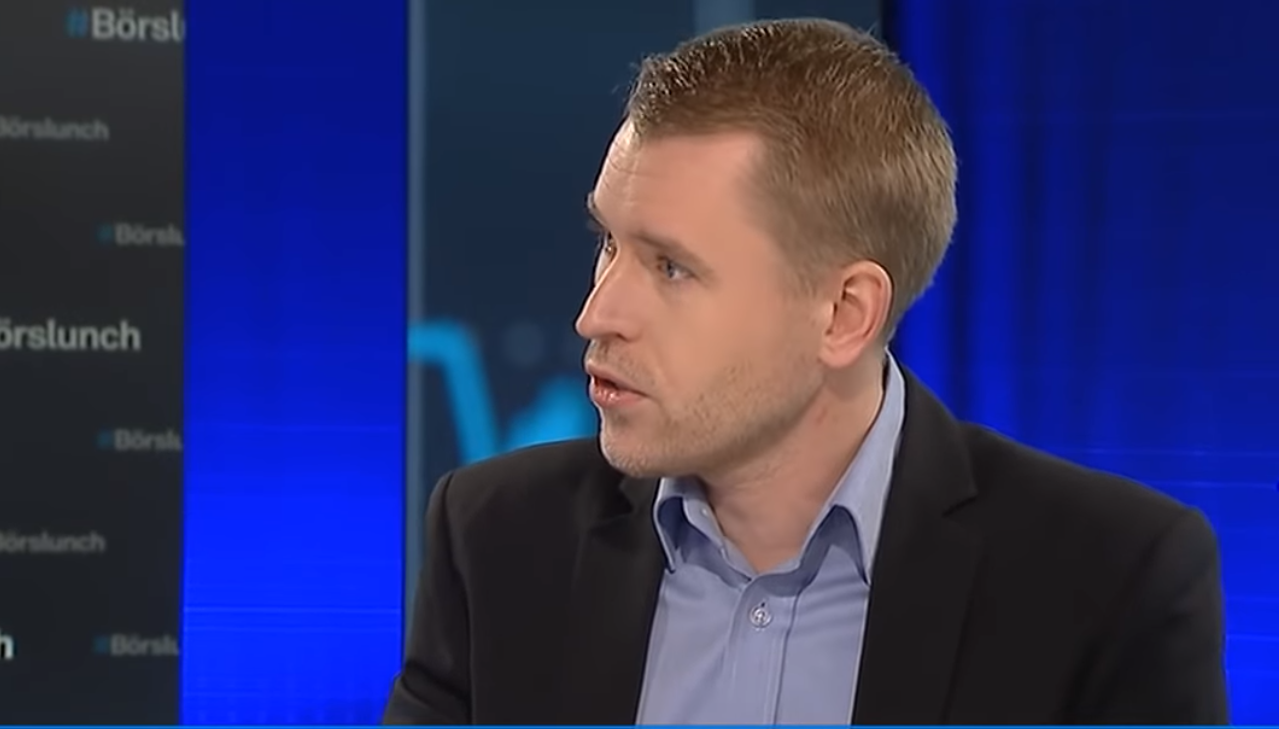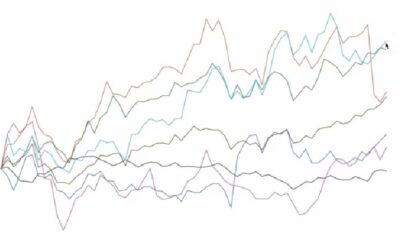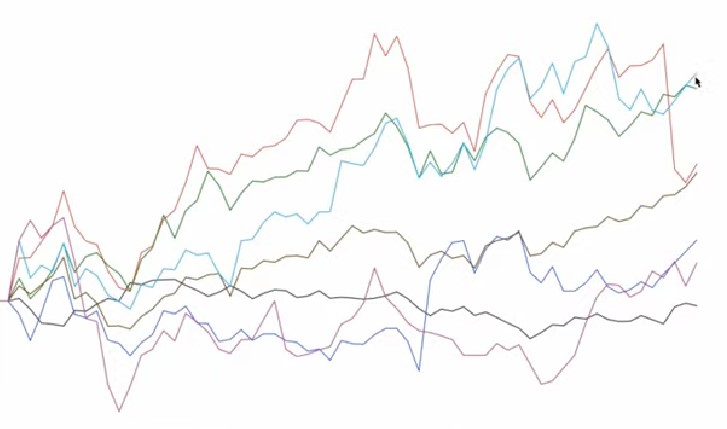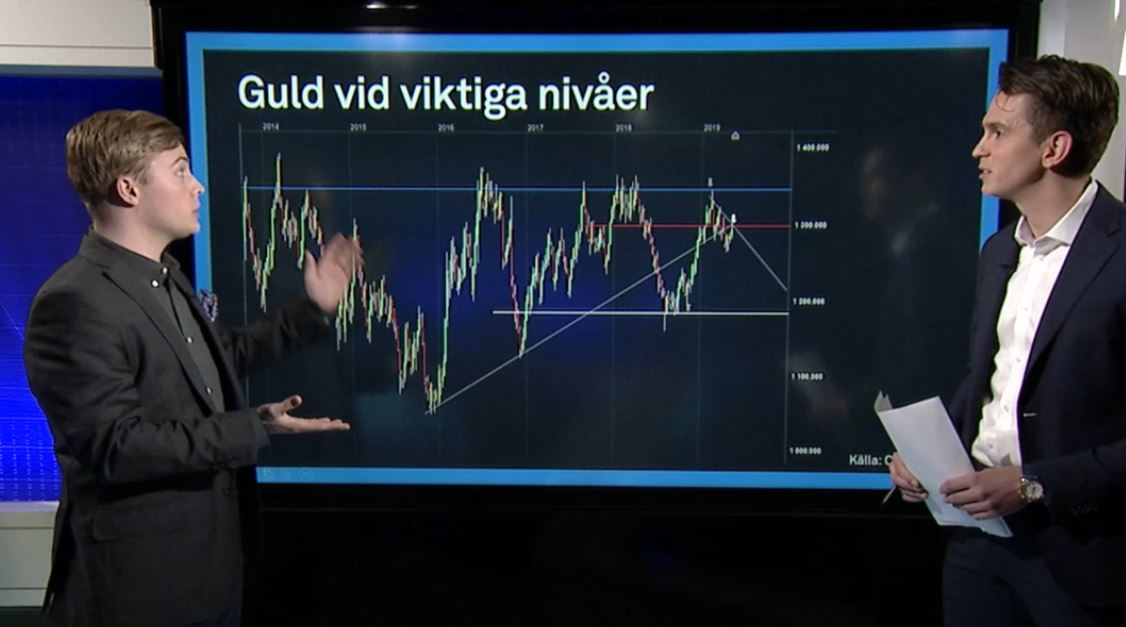Analys från DailyFX
USD/JPY Technical Analysis: The Proverbial Falling Knife
To See How FXCM’s Live Clients Are Positioned In FX Equities Click Here Now
Talking Points:
- USD/JPY Technical Strategy: The Trend Is Clearly Lower
- 200-Week Moving Average Remains The Line In The Sand (106.42)
- The Rudder Is Set And Volatility Favors JPY Strength
Remember the “Tipping Point” in JPY
As of Tuesday, USD/JPY looks ready to test and possibly break historically significant support in the ~101 zone. Over the last 17 years, we’ve seen pivots in this zone. However, we’re as uncertain as ever whether or not a base is forming, or more downside is likely.
Haven flows have ruled the start of a shortened week that will see NFP on Friday. Both JPY and the US Dollar traded higher as a benefactor of haven capital flows sent the German 10-yr Bund to record lows of -0.172% alongside the US 10-Yr Treasury that traded with a record-low yield of 1.36%.
The concern at present is that the tipping point of this move toward a stronger JPY aligned with the Bank of Japan announcement of negative interest rates. That was seen, as a “Hail-Mary” of sorts to weaken the JPY be engaging in such a dramatic policy shift that would have large and uncertain implications.
As of July 5, the JPY has strengthened by up ~19% since the negative interest rate announcement came on January 29.
Compete to Win Cash Prizes With Your FXCM Mini Account, Click Here For More Info
Given the post-negative interest rate announcement JPY strength on such a dovish policy announcement, few are expecting support at ~101 to hold.
USD/JPY Continues To Knife Through Key Support On Unrelenting JPY Strength
Looking above, you can see what appears to be a very clear downtrend alongside a 200-WMA (currently at 106.42). The chart above does not show the long-term significance of the 200-WMA, but the break below favors further downside.
The last time the price of USD/JPY broke below the 200-Week Moving Average was in 2008 at the ~113 level where the price would eventually fall to 75.55 for a ~33% drop. Subsequently, USD/JPY traded above the 200-WMA at ~85 in late 2012.
Now, the larger fear is that we are entering not only a more volatile currency cycle but also a time of renewed JPY strength that central banks will have a hard time controlling given they’ve provided most of the stimulus they can and are now searching for less tested/ trusted means of “price stability.”
The Technical Picture
The Bearish Price Channel (Red) is drawn from the June 2015 High, the August 24 low and the November high. This channel has contained the price rather well, and until there is a break above that channel median-line (106.42), it is difficult to say with a straight face that the Bull market may soon resume.
Shorter-term resistance will be at the Friday’s high of 103.385. This level is significant resistance as well because it aligns with the July opening range high as well as the late May low.
Lastly, support is less necessary to define due to the strong downtrend. Naturally, the Friday, June 24 low of 98.77. Below there, you can look to the 61.8% Fibonacci Retracement of the 2011-2015 range at 94.83. Given the recent volatility, a new breakdown could easily bring us to these levels. Should we break below these levels, expect to hear from the Bank of Japan.
However, USD/JPY SentimentShows Bulls Are Getting Confident. But, Why?
As of mid-day Tuesday, The ratio of long to short positions in the USDJPY stands at 3.67, as 79% of traders are long. Yesterday the ratio was 3.28; 77% of open positions were long. Long positions are 6.9% higher than yesterday and 16.5% above levels seen last week.
Short positions are 4.4% lower than yesterday and 9.6% below levels seen last week. Open interest is 4.2% higher than yesterday and 6.5% below its monthly average. We use our SSI as a contrarian indicator to price action, and the fact that the majority of traders are long gives a signal that the USDJPY may continue lower. The trading crowd has grown further net-long from yesterday and last week. The combination of current sentiment and recent changes gives a further bearish trading bias.
Shorter-Term USD/JPY Technical Levels: July 5, 2016
For those interested in shorter-term levels of focus than the ones above, these levels signal important potential pivot levels over the next 48-hours.
Analys från DailyFX
EURUSD Weekly Technical Analysis: New Month, More Weakness
What’s inside:
- EURUSD broke the ‘neckline’ of a bearish ‘head-and-shoulders’ pattern, April trend-line
- Resistance in vicinity of 11825/80 likely to keep a lid on further strength
- Targeting the low to mid-11600s with more selling
Confidence is essential to successful trading, see this new guide – ’Building Confidence in Trading’.
Coming into last week we pointed out the likelihood of finally seeing a resolution of the range EURUSD had been stuck in for the past few weeks, and one of the outcomes we made note of as a possibility was for the triggering of a ’head-and-shoulders’ pattern. Indeed, we saw a break of the ’neckline’ along with a drop below the April trend-line. This led to decent selling before a minor bounce took shape during the latter part of last week.
Looking ahead to next week the euro is set up for further losses as the path of least resistance has turned lower. Looking to a capper on any further strength there is resistance in the 11825-11880 area (old support becomes new resistance). As long as the euro stays below this area a downward bias will remain firmly intact.
Looking lower towards support eyes will be on the August low at 11662 and the 2016 high of 11616, of which the latter just happens to align almost precisely with the measured move target of the ‘head-and-shoulders’ pattern (determined by subtracting the height of the pattern from the neckline).
Bottom line: Shorts look set to have the upperhand as a fresh month gets underway as long as the euro remains capped by resistance. On weakness, we’ll be watching how the euro responds to a drop into support levels.
For a longer-term outlook on EURUSD, check out the just released Q4 Forecast.
EURUSD: Daily
—Written by Paul Robinson, Market Analyst
You can receive Paul’s analysis directly via email bysigning up here.
You can follow Paul on Twitter at@PaulRobinonFX.
Analys från DailyFX
Euro Bias Mixed Heading into October, Q4’17

Why and how do we use IG Client Sentiment in trading? See our guide and real-time data.
EURUSD: Retail trader data shows 37.3% of traders are net-long with the ratio of traders short to long at 1.68 to 1. In fact, traders have remained net-short since Apr 18 when EURUSD traded near 1.07831; price has moved 9.6% higher since then. The number of traders net-long is 15.4% lower than yesterday and 16.4% higher from last week, while the number of traders net-short is 0.4% higher than yesterday and 10.5% lower from last week.
We typically take a contrarian view to crowd sentiment, and the fact traders are net-short suggests EURUSD prices may continue to rise. Positioning is more net-short than yesterday but less net-short from last week. The combination of current sentiment and recent changes gives us a further mixed EURUSD trading bias.
— Written by Christopher Vecchio, CFA, Senior Currency Strategist
To contact Christopher Vecchio, e-mail cvecchio@dailyfx.com
Follow him on Twitter at @CVecchioFX
To be added to Christopher’s e-mail distribution list, please fill out this form
Analys från DailyFX
British Pound Reversal Potential Persists Heading into New Quarter

Why and how do we use IG Client Sentiment in trading? See our guide and real-time data.
GBPUSD: Retail trader data shows 38.2% of traders are net-long with the ratio of traders short to long at 1.62 to 1. In fact, traders have remained net-short since Sep 05 when GBPUSD traded near 1.29615; price has moved 3.4% higher since then. The number of traders net-long is 0.1% higher than yesterday and 13.4% higher from last week, while the number of traders net-short is 10.6% lower than yesterday and 18.3% lower from last week.
We typically take a contrarian view to crowd sentiment, and the fact traders are net-short suggests GBPUSD prices may continue to rise. Yet traders are less net-short than yesterday and compared with last week. Recent changes in sentiment warn that the current GBPUSD price trend may soon reverse lower despite the fact traders remain net-short.
— Written by Christopher Vecchio, CFA, Senior Currency Strategist
To contact Christopher Vecchio, e-mail cvecchio@dailyfx.com
Follow him on Twitter at @CVecchioFX
To be added to Christopher’s e-mail distribution list, please fill out this form
-
Analys från DailyFX10 år ago
EUR/USD Flirts with Monthly Close Under 30 Year Trendline
-
Marknadsnyheter5 år ago
BrainCool AB (publ): erhåller bidrag (grant) om 0,9 MSEK från Vinnova för bolagets projekt inom behandling av covid-19 patienter med hög feber
-

 Marknadsnyheter2 år ago
Marknadsnyheter2 år agoUpptäck de bästa verktygen för att analysera Bitcoin!
-
Analys från DailyFX12 år ago
Japanese Yen Breakout or Fakeout? ZAR/JPY May Provide the Answer
-

 Marknadsnyheter2 år ago
Marknadsnyheter2 år agoDärför föredrar svenska spelare att spela via mobiltelefonen
-
Analys från DailyFX12 år ago
Price & Time: Key Levels to Watch in the Aftermath of NFP
-
Analys från DailyFX8 år ago
Gold Prices Falter at Resistance: Is the Bullish Run Finished?
-

 Nyheter7 år ago
Nyheter7 år agoTeknisk analys med Martin Hallström och Nils Brobacke













